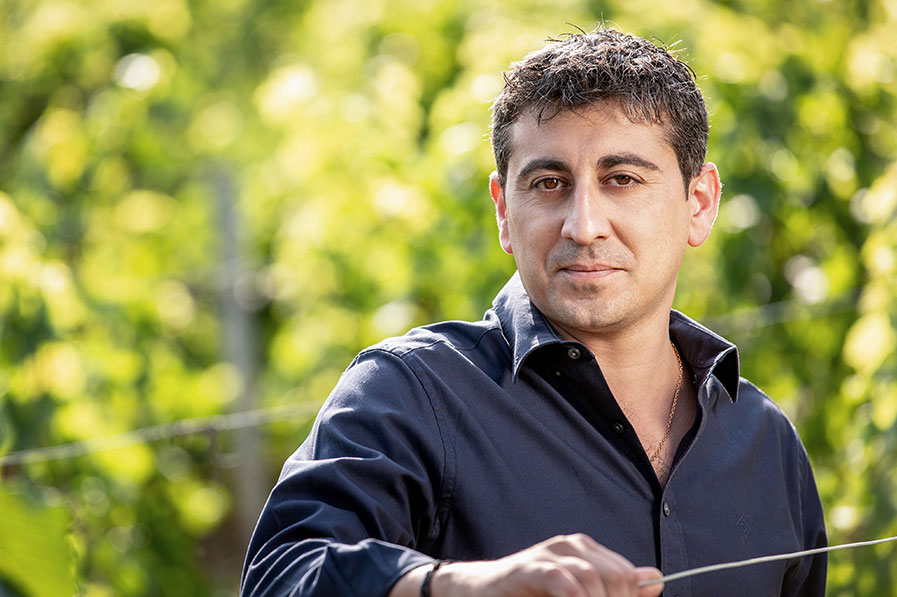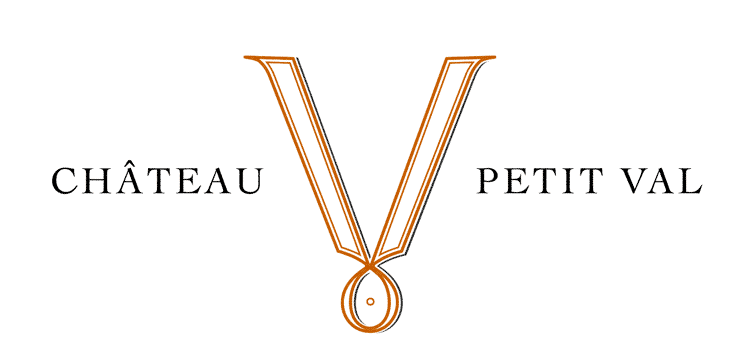The story of an encounter
Does destiny play its part in encounters like this?
When Jean-Louis Alloin and his wife Olivia decided to invest in a Bordeaux estate, Château Petit Val seemed like the best way to get back to their roots.
As a lover of wine - especially those of this appellation – Jean-Louis, a true epicurean, was attracted by the quality and unsuspected diversity of the terroirs at Château Petit Val.
He found the property so well preserved, it was as if it had been reserved for him by destiny, so after forty years in business, this son and grandson of a farming family with origins in the Beaujolais region decided to return to his kin’s traditions.
The story also includes an important encounter, when Jean-Louis and Olivia came across David Liorit, a passionate winegrower and consultant, to whom they decided to entrust this discrete jewel.
With his characteristic inventiveness and courage, David applied his talent to an innovative approach designed to produce outstanding wines expressive of their terroir, while protecting the vines, the people who work in them and the environment.
Together, they have the impression that they hold in their hands a distinctive terroir in a subtle setting. Their ambition is to combine passion and expertise to elevate Château Petit Val to be on a par with the best grands crus.





